2D - 3D The Extra "D" Changes More Than Just The Depth
In day to day discussions among animators there inevitably is the almost casual assertion made "I think I want to try to learn 3D CGI". Certainly there is plenty of anecdotal evidence that 3D CGI animation is the new wave. It would be easy for me to launch off into one of my usual opinionated conversations about the various forms of animation and their equal places at the creative table. But I'll spare you that aesthetic pleasure for another article. Instead I think it might be more interesting to look at some of the major process differences between animating in 2D and animating in 3D, where we can explore how that extra "D" changes more than just the depth.
For the sake of this discussion we will define 2D animation as drawn and 3D animation as modeled and manipulated. Both forms of animation are mostly done on computers although many 2D artists partially create on paper. You will have to forgive some of the generalizations that I will be making here but it is impossible in a simple article to account for every variation or idiosyncrasy of how different artists work. So I will focus on my own personal experience for the most part.
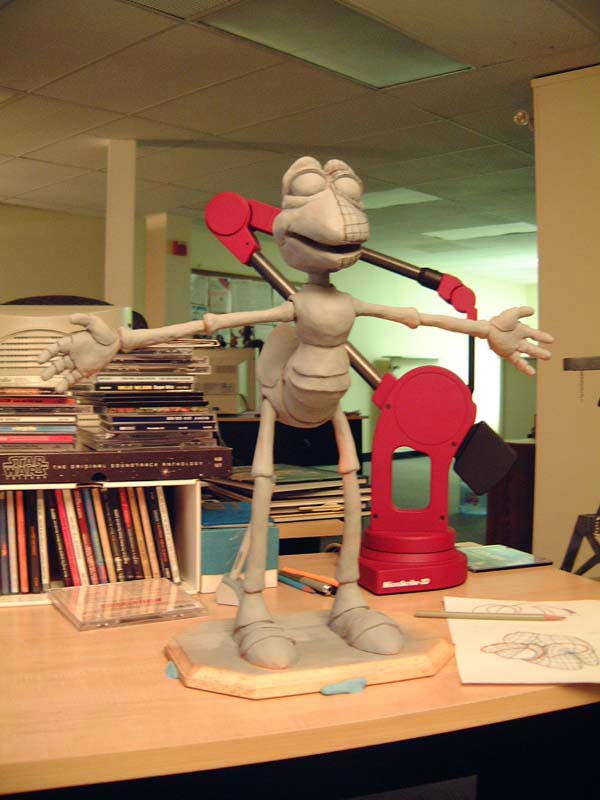
I have always felt that 3D animation is most closely related to stop motion puppetry. Perhaps that feeling comes from the close analogy of modeling and rigging a 3D character to the armature building and sculpting of a clay puppet. Of course the analogy stops as soon as we begin to talk about manipulating the puppet. A clay puppet can be posed and each pose can be fine tuned but essentially that pose is a one time not perfectly repeatable event where as a 3D computer model can achieve the same exact motion identically over and over as long as the manipulation parameters have been saved.
Let's begin by doing a quick review of the drawn 2D process of animating a simple character. For this discussion’s sake I will assume that the character has been previously created and we are just going to be working with this character to deliver some dialogue with appropriate body language and gestures. We begin by making some quick thumbnail sketches to try to get a rough sense of the various poses that we will need. Now taking those thumbnails as guides we start creating the extremes of the action. Perhaps there will be two or three key poses that define this movement. Now we might add in some additional breakdown drawings to create some anticipation and follow through. At this point we can watch the basic action and make some minor timing adjustments. Immediate pencil tests are a real benefit of drawing directly into the computer. We now can add some more breakdowns and moving holds and decide where inbetweens are needed to tighten the spacing for cushions. We can easily reorder drawings or remove weak drawings or add special accent drawings. It is a fragmented process where we can just do some partial drawings to test things and we don't have or need many of the inbetweens yet. This fragmented and iterative approach is one of the true joys of working in 2D as we develop a sense of the motion while checking flows and arcs as we go.
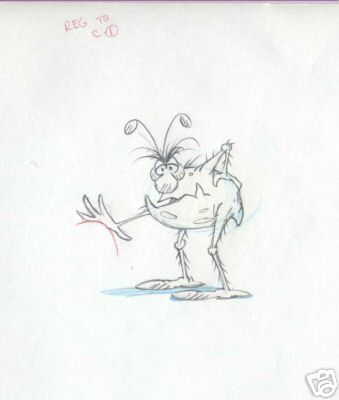
The 3D process is much more isolated. In 2D we can quickly sketch a few lines to rough out a pose. In 3D we have the tedious task of picking, moving, and rotating a significant number of objects to achieve a similar result. A great example is animating a hand. In drawn animation creating a pose is a few quick lines while in 3D there can easily be 20 or more bones to manipulate depending on the model. Now it is true that with very sophisticated rigs a few sliders can be adjusted to position a hand but it is just not the same intuitive feeling. In 2D animation you are focused on the forces working on the character while in 3D it's hard to get away from the feeling of operating a machine made of targets and sliders and bones. In 2D animation the connection between the animator and the character is more about external forces and the motivation behind the action which is very much related to acting. In 3D it seems more like "what lever do I move to make this puppet work".
This really also begins to expose one of the key thought process differences that a 2D animator must resolve when adapting to 3D. In 2D we create the illusion of motion. It is a series of static pictures that are drawn and arranged in such a way as to seem like the character is moving. But in 3D animation the character really moves. In drawn animation you can distort and change drawings however you choose. Squash things, stretch thinks, smear the drawings whatever you need to achieve the illusion and there really are no physical linkages imposed from one drawing to the next. But in 3D you are totally bound by the construction of the model and the "laws" imposed by the rigging and the software. In comparison, 3D for all of its benefits of views and angles is still very restrictive compared to 2D. It just loses a great deal of the spontaneous nature of drawing. Now I realize that for those people who want or need photo realistic motion CGI is a wonderful medium, but so much of what I love about being an animator is the interpretation, caricature and distortion of the real word. When my character runs into a wall he can deform into a puddle and spring back into his original shape. Try doing that with a CGI model.
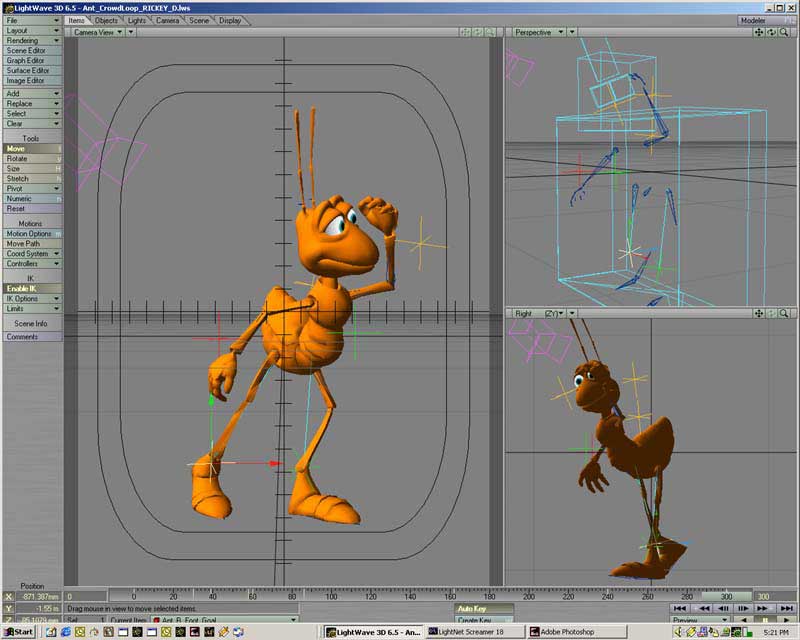
But seriously, it is very difficult in the 3D world to actually animate pose to pose. It is much more like stop motion in that the actual physical manipulation of the model lends itself better to a straight ahead approach. Keith Lango has written an excellent article on trying to address this issue. Here is his web site, just look in the tutorials section for the article on "Pose to Pose, Organized Key Framing". I highly recommend that anyone entering into 3D work read it. None the less CGI operates more on a continuum while drawn animation is more fragmented and intuitive.
Truthfully, a lot of CGI animators end up thumbnail sketching and planning animations in the same fashion as the traditional 2d animator. That way they can enjoy the spontaneity of drawing and have a much better feeling for the action before they get enmeshed in the world of graph editors and fcurves.
When all is said and done, animating is animating. And although there are quite a few technical hurtles that the 2D animator has to get over to function in the 3D world your ultimate goals are the same. You want to be entertaining and believable in providing that spark of life to your art. But the 2D -3D transition shouldn't be taken lightly and it is more than just a new technical environment. That extra "D" changes more than just the depth.
This Stuff Is So Old That It Is New !
As cartoonists we are always trying to develop fresh ideas and characterizations. One great source of inspiration may seem very old but it contains almost limitless possibilities, I'm talking about classic movies. Like most creative people there are days when I want to be creative but just feel blocked. In talking with other cartoonists I find that this is not uncommon. I have always been a big fan of some of the great cartoon directors like Chuck Jones, Friz Freleng and Tex Avery and it is fun to wonder about how they sparked their own creativity. One way that has been documented is that they went to the movies. Not to watch cartoons although I’m sure they would, but rather to watch those great films that were made in the 1920’s, 30’s and 40’s..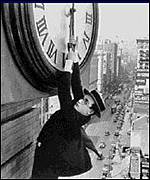
There is such a wealth of inspiration in the films of Charlie Chaplin, Buster Keaton, Ben Blue, Harold Lloyd and the comedies of Max Sennett. Most were made in the silent era although there are also some really good later films that transitioned to sound. For anyone interested in making animated cartoons there is a well spring of source material and inspiration. Silent movies, because of the limitation of having to depend on title cards for dialogue, evolved as almost caricatures of life. There needed to be great clarity of movement and mime in order to transfer as much of the story without their viewers having to read. So exaggeration in gestures became normal and physical comedy was king.
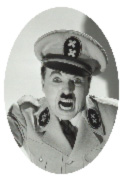
The greats like Chaplin, Keaton and Lloyd spent countless hours perfecting their comedy. They were masters of composing shots that communicated the entire spectrum of emotions on the screen. They understood that comedy wasn’t just about gags but rather a humorous journey through the trials of life. So it isn’t surprising that many of the routines and techniques of these masters ended up not only as inspirations for many cartoons but actual gag sequences were often imitated. One great example is in “The Rabbit of Seville”, made by Chuck Jones, where Elmer Fudd and Bugs Bunny chase each other using telescoping barber chairs that shoot skywards. This is a tribute lifted directly from Chaplin’s The Great Dictator.
Less specific but equally influenced are the very movements of many of the great cartoon characters. The walks, the gestures, the expressions of many characters were copied from the classic movies.
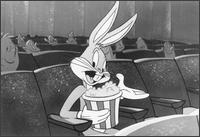
So the next time you are struggling for creative inspiration don’t just jump off to watching cartoons, go directly to the source inspiration, the classic movies. And my recommended destination for easy access to this material is Turner Classic Movies. Like I said, this stuff is so old its new!
Animated Commercials an Often Overlooked Creative Treasure Chest
It isn’t surprising that most people primarily talk about animated cartoons and animated feature films and often don’t think about animated commercials. Yet, everyone has their favorite animated commercials and when you bring up the subject the floodgates of conversation are often thrown open. Advertising animation has been around for a long time and there is quite a history of really creative commercials. Often times because of their very brief duration we forget that these little gems are some of the best examples of animation as entertainment as well as information. The best animated commercials are as packed with entertainment and information as they can be. And the quality of animation and production values is often equal to or better than the best theatrical productions. Because of the sheer number of commercials that we encounter daily, each needs to be as different and as attention grabbing as possible. So it's not just the information packed inside an animated advertisement that’s important, it's also the way that the information is presented to the viewer. The more entertaining and memorable the commercial the more chance it has to capture that coveted portion of the viewer’s attention often referred to as mindshare. And the best commercials are the ones that gain more attention the more they are viewed over and over.
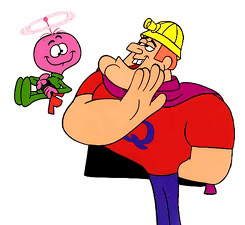
A commercial presentation encompasses both sight and sound as a means of stimulating an emotional response in its viewers. It has long been known that when you can make an emotional connection your commercial will be more effective. Viewers are not meant to just react to what they see but to actually become proactive. Some commercials are brand builders but the best commercials are market drivers. Humor and fantasy are powerful sensory connectors and for this reason animated commercials are an important part of advertising and a strong tool for accessing a viewer’s memory.
Before talking about the current opportunities of animated advertising it is interesting to review some of its history. Beginning around 1950 animation for TV commercials became an important segment of the animation industry. During the 1950s and '60s, animation in TV commercials was predominant, and for good reason. Certainly, animation was far less expensive to produce than live action. But, more important, it offered maximum creative flexibility, allowing advertisers to produce dynamic, original commercials limited only by the animator's imagination. Another important historical note is that this period in time was also a major transition for the animation industry which had previously been focused on theatrical presentations, some features but mostly those great seven minute shorts between movies. The slow economic death of the theatrical short made the switch to the emerging medium of television very attractive and commercials offered many talented creators an opportunity to continue to practice their craft. Commercial budgets often far exceeded those for entertainment productions.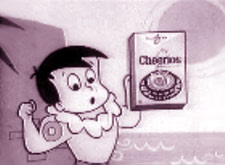
Perhaps the first major products to capitalize on animation in advertising were the producers of breakfast cereals. They had been an active part of the mass media since its beginning. Most of the major cereal companies had sponsored radio shows during the 30's and 40's. As television emerged, they realized that if they were going to keep their market share, they were going to have to go to where the people were. So companies like Post and General Mills decided to take on the role of sponsors of major blocks of television content. It was not a passive role though as the companies and their advertising agencies were an active part in everything that went into the production of their shows. Part of this sponsorship included of course the commercials. The cereal companies were one of the first groups to jump on the idea of using animation to sell their products. In 1949 Bill Tytla, the former Disney animation legend, created an ad for Post Sugar Crisp cereal. The cereal was not very memorable, but the ad, featuring three bears, was the start of a phenomenon.
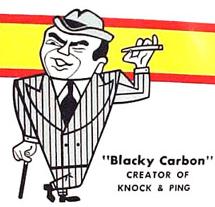
Tytla couldn't have realized it at the time, but his commercial opened the doorway for animated advertising as it helped to get advertisers, particularly cereal advertisers, thinking about how they could reach children. It also helped lay the groundwork for creating most of our Saturday morning memories.
It didn't take long for other advertisers and cereal companies to get their characters on the screen. Animation for commercials entered a “golden age” with such memorable characters as Sugar Bear, the Cheerios Kid, Snap, Crackle and Pop, Capt. Crunch, Quisp and Quake, Bucky Beaver, Freshup Freddie, the Bardahl Bad Guys, The Hamm's Beer Bear, and the Trix Rabbit just to name a few. There also were plenty of commercials that capitalized on well known cartoon stars like Bugs Bunny, Rocky and Bullwinkle, Dudley-Do-Right, Woody Woodpecker and others. Some of the best talents in the theatrical cartoon business of the time made commercials. For example Tex Avery contributed the famous Raid “Kills Bugs Dead” commercials and the less well known Frito Bandito commercials. Those Frito Bandito commercials are considered racially stereotypical and offensive and were therefore short lived.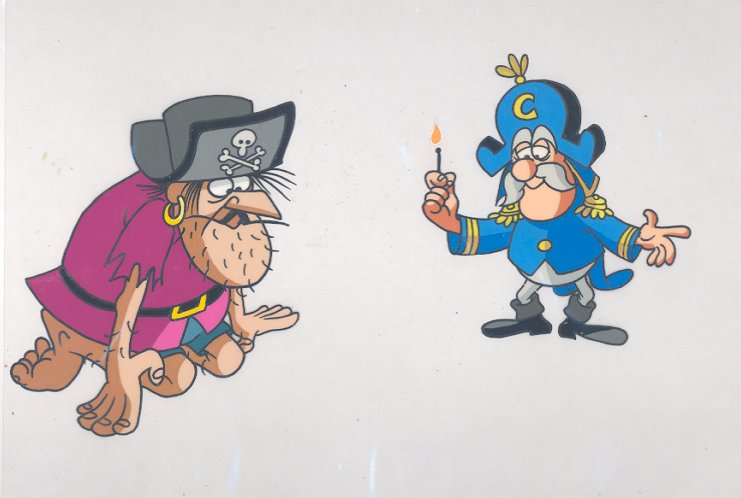
For all of the animated commercials made, there were perhaps none more popular, more influential or more memorable than the creations of Jay Ward Productions. Known mainly for Rocky and Bullwinkle, Jay Ward spent nearly twenty-two years creating a number of animated campaigns for the Quaker Oats Company. His studio put together spots for Scooter Pies, Aunt Jemima, Mr. Chips Cookies and the popular Quisp and Quake cereals. The characters of Quisp and Quake were created by Bill Scott who also created and was the voice of Bullwinkle. Jay Ward’s longest running series was the promotion of Captain Crunch. In 1962, Ward brought Captain Crunch, actually Cap'n Crunch thanks to an early voice over 'flub', to the television sets of America, a place where he remains today even though Ward's association with the brand stopped in 1984. Through the years, The Captain fought the pirate Jean LaFoote in his efforts to steal the cereal cargo of the Captain's ship, the S. S. Guppy. These commercials were amazingly popular, shooting Quaker from the back to the front in the breakfast cereal market. In fact, Quaker even had to build a separate production plant to concentrate solely on Captain Crunch and its eventual spin-offs.
Over time many advertisers preferred to go the live action route, relying more and more on special effects which often do utilize some form of animation and outrageous humor. Today CGI characters like the Geico Gecko and the AFLAC Duck are very visible icons for their respective brands.
With the emerging Internet and the continuation of the logical convergence of all media there are great opportunities for animated cartoon commercials. They still are one of the best ways to attract attention and gain mindshare. And smaller studios can utilize this as a great creative and economical opportunity.
Animated Cartoons Or Not ?
Is there a reason to separate the terms “animation” and “cartoons”? Is the term “animated cartoons” too restrictive to describe the evolution of animated entertainment? From the earliest days of the medium, most animated films were based on characters from newspaper comic strips, so animation became directly connected to “cartoon” characters. Disney, Warner Brothers and MGM certainly set the mold for animation to be strongly associated with cartoony characters. For most of its history, producers of animation have accepted the fact that animated works were by necessity cartoons. This is no longer the case, as we have moved into an era of CGI photorealistic computer graphics as well as more accessible platforms for animation creation and distribution. These evolutions present us with new questions to ponder. The first question is what good animation is, or more specifically what it isn’t? The second question is what good cartoons are and what they aren’t?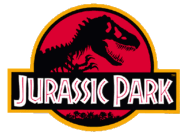
Certainly there have always been experimental animated films that were not cartoons in the traditional sense. Cartoons are based on the notion of abstraction and caricature. They tend to extract the essence of a subject and highlight and exaggerate certain aspects of reality. As mentioned in previous articles, Disney in an attempt to push animation more into the filmmaking mainstream brought a heightened sense of reality to his features. This was both positive and negative in terms of furthering the medium. It certainly did prove that animation could be more than just caricature but it also blurred the lines between cartoons and animation. A cartoon de-emphasizes the appearance of the physical world in favor of the idea of it. It is actually an interpretation of the “real” world. A cartoon always leaves a varying degree of reality to the viewer’s imagination. As a picture becomes more realistic, it is less open to interpretation. It is removed from abstraction and caricature. Following this logic towards photorealism, the work eventually ceases to be a cartoon. An animated cartoon therefore must allow for some interpretation of reality by the viewer. Realism is strived for in how the drawings appear to move and carry weight and perhaps in how the characters act and react.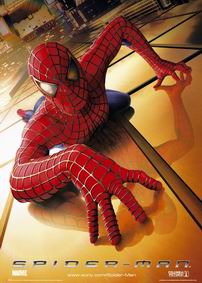
Based on this premise, “special effects” movies are not cartoons. In movies like Star Wars, Spiderman or Jurassic Park, the animated characters are clearly intended to blend seamlessly into their real world settings. This blending is intended to achieve the effect of a cohesive reality, one of consistent believability. The aliens, dinosaurs, or super heroes are not intended to be cartoony, and the effect is one of photorealism. This is totally different than with films like Who Framed Roger Rabbit or Space Jam or Looney Tunes: Back in Action. In these “hybrid” movies, the animated characters are still clearly cartoony. They interact with their environment, but what is important is not the realism but the nature of the characters, which are still cartoons. So animation does serve the role of transcending reality and fantasy but it doesn’t have to be a cartoon to achieve this goal.
So what makes animation good or bad and can there be such a thing as bad animation? There is no clear answer to this question, only opinion. Certainly to judge animation, we must consider the context of how it is used. If the animation is intended to blend into a photorealistic world as in Jurassic Park or Spiderman, then it must be judged on how seamless and consistent it is in achieving that goal. Animation can only be considered good or bad within each specific context based on how successfully it achieves its intended goal. Bad animation only exists when the animated work fails to meet the requirements of its intended context. Is the Disney or Pixar style of animation good and Anime or other limited animation styles bad? It’s all a matter of contexts and what the filmmaker is trying to accomplish. If you move away from photorealistic animation toward caricature the discussion becomes a matter of artistic style and interpretation and most importantly on how well the artist achieves his/her vision, whatever that might be.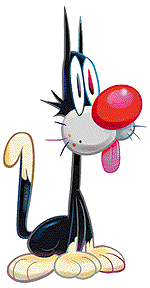
Perhaps the real dilemma is the distinction between caricature and humor. Are cartoons by definition meant to be humorous? Caricature and abstraction aren’t necessarily focused on humor but rather on extracting a simplified viewpoint of a more complex subject. Humor is a specialized approach to entertainment. The inclusion of humor in a cartoon or the lack of humor in a cartoon can be judged in a fashion similar to judging the quality or style of animation used in a film. As stated above, if the style of animation achieves its intended goal in the context in which it is being used then it is successful. If a cartoon is meant to be humorous and it isn’t received by the audience as funny or entertaining then it has failed. It is beyond the scope of this article to try to explain why something is funny or not, but certainly we all can agree that if a cartoon is intended to be humorous and it doesn’t make the audience laugh or at least smile, it isn’t funny. At least to my way of thinking, a cartoon is an abstract caricature of reality but a cartoony cartoon is meant to be more than that. It also has to be very funny.
Getting Back To Cartoony Cartoons Part 3
This is the third in a multi-part series on the subject of cartoons and cartoon making. My goal in these articles is to explore writing and making the short format cartoon which can range in length from 1 to 7 minutes. If you missed the first two parts of this series you can read them here Part 1 and here Part 2.
Tex Avery is perhaps one of the most influential of all cartoon directors. His style is very distinctive and it significantly advanced the making of cartoons and reflected an irreverence that has carried forth for generations of cartoon makers. Tex wanted his stuff to be as different from Disney as jazz is from classical music. Disney’s goal was to create “the illusion of life” while Avery wanted to celebrate cartoons as cartoons. He wanted to accentuate the unique nature of drawn animation not camouflage it.
If you aren't familiar with Tex Avery you really need to take the time to become acquainted with his cartoons, particularly the ones he did at MGM. When watching a Tex Avery cartoon it is hard not notice that he was wildly absurd, sometimes bordering on stream of consciousness, things jump about like rampant attention deficency run amuck. Tex's work is well known for his use of strong poses and extreme exaggeration. It is high energy, very elastic movement, with lots of literally "eye popping" action. If you don't know what squash and stretch mean, just watch a Tex Avery cartoon and you will see it taken to the limits. He practiced extreme animation. And nobody ever put more beautiful, curvaceous women in their cartoons than Tex.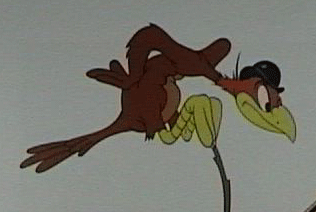
Disney was focused on personality and characterization but Avery felt what happened to a character was more important than who they were. His characters aren't the memorable icons of Warner Brother's Looney Tunes although Tex is often referred to as the father of Bugs Bunny and Daffy Duck. But in most of Tex's cartoons you don't remember the characters as much as you remember the action and the gags. He used very stylized character designs that were more suggestive of the stereotypes that his characters represented rather than detailed personality characterizations. Wolves represented just that, the stereotype woman crazy image of a wolf, very 1940's. And Tex didn't just use cars, his cars are sleek and two miles long, the essence of "male potency" more explicit than any Detroit auto commercial.
Tex Avery's cartoons were full of highly visual gags most often not needing any dialogue. He often breaks with theatrical tradition and has his characters interacting directly with the audience or stopping their performance and making fun of the fact that this is a cartoon not reality. Things like in the middle of a chase sequence the color goes away and everything becomes "black and white" because the characters just ran past a sign that says “Technicolor Stops Here". Or a minute into a cartoon the characters stop and begin discussing the fact that they don't fit the title of the cartoon so they literally walk on to the opening title sequence and look at the words and decide "yep, we are totally in the wrong cartoon."
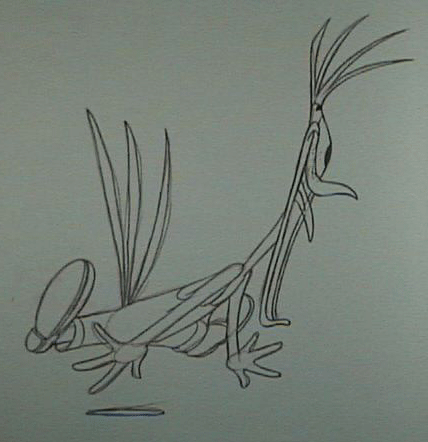
One of my favorite Tex Avery gags, has a character stop and reach out and remove a loose hair that appears to have gotten caught in the projector that is showing the cartoon. Or Tex has a character stop and hit the silhouette of a movie theater patron in the head with a mallet when he starts to leave his seat in the middle of the cartoon. Tex seemed to love to make fun of the whole movie mystique.
To watch a Tex Avery cartoon is to expect the unexpected because Tex loved to go anywhere to get to a gag. He was a master of setting up gags and milking them for all they were worth. And Tex's gags weren't just simple quick things; he more often built up chain reactions of gags with ever increasing visual escalations. First he hits the character with a falling flower pot, and then a falling safe or an anvil, and so on until he has dropped everything on the poor guy except the kitchen sink, so then he drops the sink followed by a bath tub, a car and an ocean liner. Disney may have brought personality to cartoons but Tex Avery brought the insanity.
In person Tex Avery was a very shy and unassuming artist, but behind the camera he was lightning in a bottle. Before Tex Avery, cartoons were fairly slow paced but the longer Tex Avery was in the business the faster he pushed the pace of his work and everyone elses. He could and would squeeze more action and gags into 6 minutes than anyone before or since. Perhaps it was his personal insecurity, but Tex wanted to make sure his audience got their moneys worth.
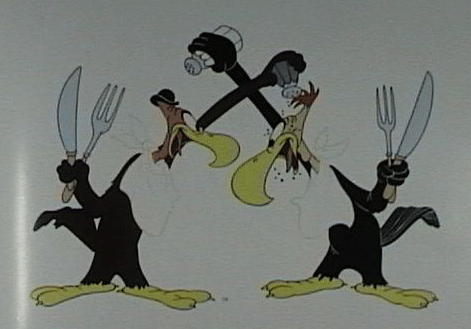 We all owe a great deal to Tex Avery for his contribution to the art of cartoon making. He taught us how to celebrate the unique nature of the art of animation. He made us laugh and appreciate that in his world nothing was impossible if it could be drawn. -End of Part 3-
We all owe a great deal to Tex Avery for his contribution to the art of cartoon making. He taught us how to celebrate the unique nature of the art of animation. He made us laugh and appreciate that in his world nothing was impossible if it could be drawn. -End of Part 3-


















 We all owe a great deal to Tex Avery for his contribution to the art of cartoon making. He taught us how to celebrate the unique nature of the art of animation. He made us laugh and appreciate that in his world nothing was impossible if it could be drawn.
We all owe a great deal to Tex Avery for his contribution to the art of cartoon making. He taught us how to celebrate the unique nature of the art of animation. He made us laugh and appreciate that in his world nothing was impossible if it could be drawn. 